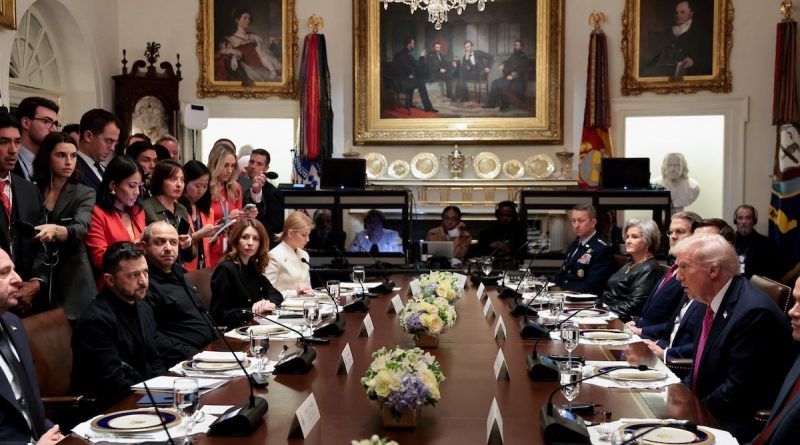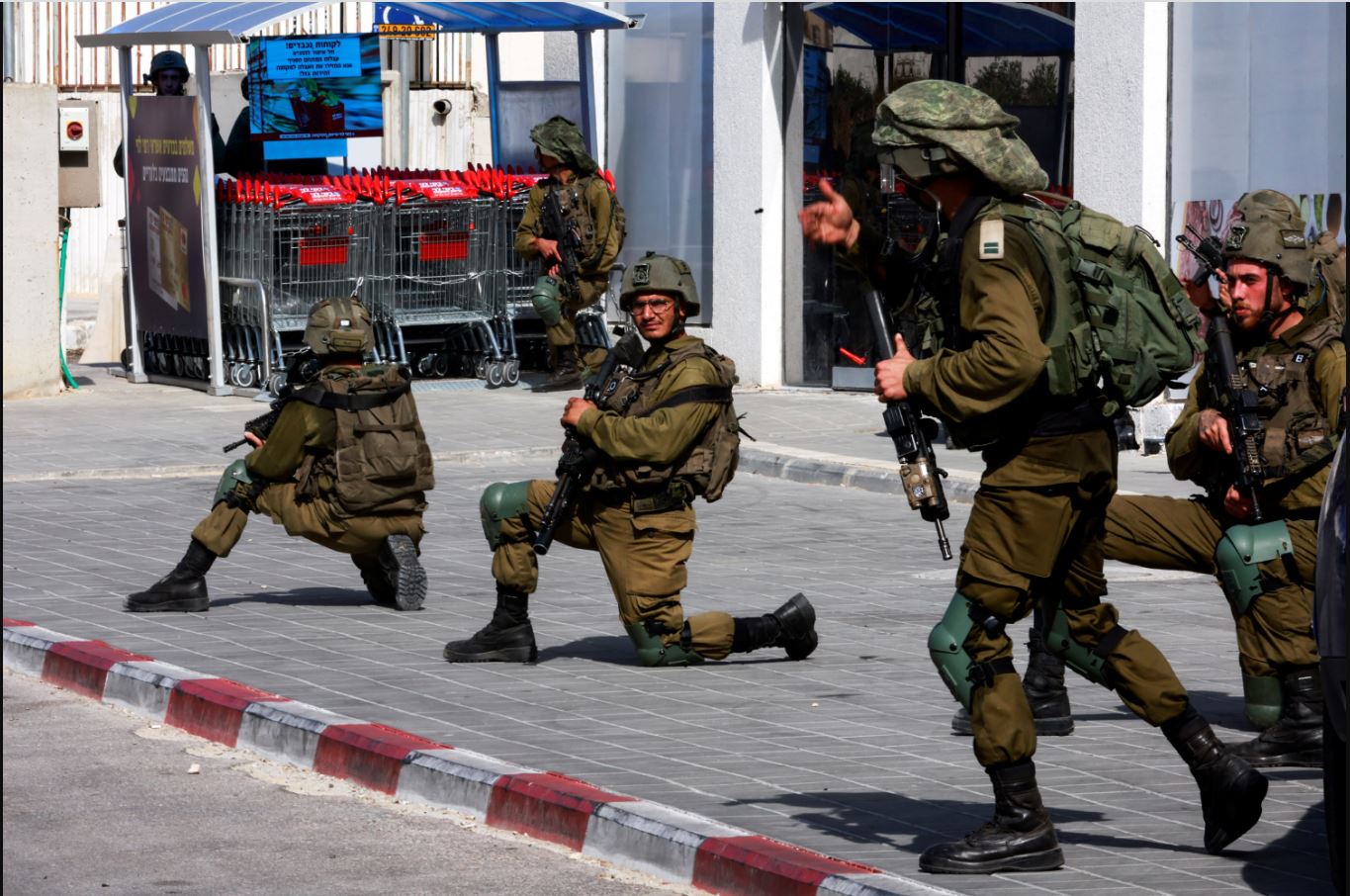Trump and Zelenskiy Talks Signal Hope for Renewed Peace Efforts in Ukraine
New York – In a meeting that could mark a turning point in the Ukraine conflict, U.S. President Donald Trump and Ukrainian President Volodymyr Zelenskiy met at the White House to discuss the ongoing war with Russia and potential pathways toward peace.
While Zelenskiy arrived seeking advanced weaponry such as Tomahawk missiles, the talks ultimately centered on diplomacy, dialogue, and the possibility of a negotiated settlement that could bring an end to years of devastation.
Trump’s tone throughout the meeting was notably conciliatory and focused on immediate de-escalation. “You stop at the battle line, and both sides should go home,” he said, urging Ukraine and Russia to “stop the killing” and return to peace talks. His emphasis on diplomacy over weaponry highlights a broader strategic vision — one that seeks to restore stability through negotiation rather than escalation.
The discussion came at a sensitive moment, as both Russia and Ukraine weigh the human and economic costs of a prolonged war. Trump, who is expected to meet Russian President Vladimir Putin in Hungary in the coming weeks, has positioned himself as a potential mediator capable of reviving dialogue between the two nations.
His willingness to engage with both leaders signals a proactive American role in fostering global peace efforts.
President Zelenskiy, while reiterating Ukraine’s right to defend its sovereignty, acknowledged the importance of Trump’s approach. “We want this. Putin doesn’t want (it),” Zelenskiy said, stressing that Ukraine is prepared to work toward a ceasefire if Russia shows genuine commitment. Despite the challenges, the Ukrainian leader expressed optimism that Trump’s influence could help push Moscow back to the negotiating table.
While Trump did not rule out future military assistance, including the Tomahawk missiles requested by Ukraine, he emphasized that the United States must balance its own defense priorities. “We want Tomahawks also. We don’t want to be giving away things that we need to protect our country,” Trump stated.
His words reflected a cautious but clear message — that long-term peace requires more than arms transfers; it requires mutual compromise and constructive engagement.
The meeting, described as “productive” by Zelenskiy, underscored a shared understanding between the two leaders. Following their private talks, Zelenskiy told reporters that while the U.S. was not immediately providing new weapons, he remained hopeful that Trump’s diplomatic outreach to Putin could lead to an eventual ceasefire.
“President Trump is right, and we have to stop where we are. This is important, to stop where we are, and then to speak,” Zelenskiy said.
The international community has responded with cautious optimism. A spokesperson for the European Union welcomed the renewed talks, saying that “any initiative that helps bring peace to Ukraine is a step in the right direction.” The Kremlin also indicated a willingness to continue discussions, noting that while much remains undecided, dialogue remains open.
Observers believe that Trump’s push for direct engagement between Kyiv and Moscow could help break the diplomatic stalemate that has persisted since 2022. His approach, blending realism with negotiation, could pave the way for what many hope will be a sustainable peace framework — one that respects Ukraine’s sovereignty while addressing security concerns across the region.
Beyond politics, the Trump–Zelenskiy meeting reflected a humanitarian shift in focus — from confrontation to cooperation. Both leaders expressed concern for the millions affected by the conflict and stressed the importance of rebuilding efforts once hostilities cease. Trump’s emphasis on “going home to families” resonated with war-weary populations on both sides.
Meanwhile, Zelenskiy’s continued dialogue with European leaders following the meeting suggests a coordinated international effort to support diplomatic solutions. Analysts note that Ukraine’s resilience, combined with Trump’s outreach to Russia, could create a foundation for renewed negotiations under global supervision.
Although uncertainties remain, the White House discussions symbolized a meaningful step toward peace. President Trump’s call for an immediate halt to hostilities, paired with President Zelenskiy’s pragmatic acknowledgment of the situation, offers a glimpse of hope that the war could shift from the battlefield to the negotiating table.
As the world watches, the possibility of dialogue between Washington, Kyiv, and Moscow stands as a reminder that diplomacy — when backed by determination and goodwill — can still change the course of history.
Both leaders’ focus on stability, humanitarian recovery, and cooperation signals a positive path forward, rekindling hopes for peace in Europe’s most enduring conflict.



